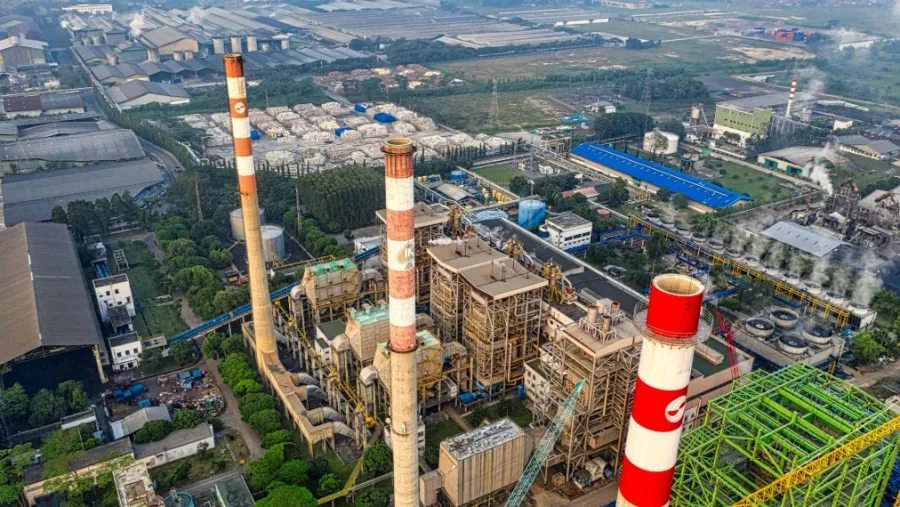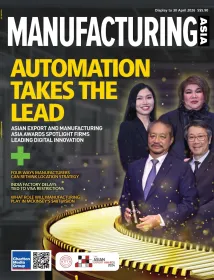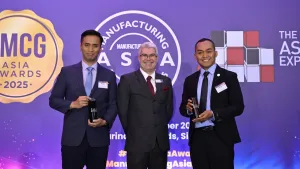
Indonesian manufacturing sector contracts for 2nd month as new orders plummet
Indonesia saw its steepest decline in new business since August 2021.
Indonesia's manufacturing sector continued its downturn in May, with new orders falling at the steepest rate in nearly four years as muted market demand weighed on the industry, according to the latest S&P Global Manufacturing Purchasing Managers' Index (PMI).
The seasonally adjusted PMI rose to 47.4 in May from April's 46.7, remaining below the critical 50 threshold that separates growth from contraction for a second consecutive month. Whilst the reading indicated a slower rate of decline, the manufacturing economy still experienced a moderate deterioration midway through the second quarter.
The sector's struggles were most pronounced in new order intakes, which contracted at the sharpest pace since August 2021. Manufacturers attributed the reduction to subdued market demand and fewer requests for goods, with firms also reporting particular falls in exports to the United States.
Production Levels Continue to Decline
The weakness in new orders contributed to a sustained decline in production levels during May, with output falling for the second successive month.
Although the pace of contraction was solid, it represented a softer decline than that observed in April.
Responding to the challenging operating conditions, manufacturers reduced their purchasing activity for the second month running and reported efforts to trim both pre- and post-production inventories. Companies utilised existing stock in the production process and to fulfil incoming orders whilst demand remained muted.
Despite weaker demand for inputs, average lead times lengthened to the greatest extent in nine months, with poor weather conditions and delivery delays hampering supply chains.
Employment Growth Signals Confidence in Recovery
Despite this, Indonesian manufacturers demonstrated faith in an eventual recovery by raising employment levels for the fifth time in the past six months. The increase in staffing was the strongest in three months, as firms prepared for an anticipated upturn in demand.
Business confidence regarding the 12-month outlook for output also strengthened compared to April, with companies expressing belief that the current malaise would pass and growth would resume.
"Indonesia's manufacturing economy contracted at a moderate pace during May, as the strongest fall in new orders in almost four years contributed to a solid reduction in production volumes," said Usamah Bhatti, economist at S&P Global Market Intelligence.
"That said, firms were confident that this subdued period would pass, as they raised employment levels to the greatest extent in three months, while confidence regarding the 12-month output outlook also strengthened."
Manufacturers Offer Discounts Despite Rising Costs
The pricing environment presented a mixed picture, with input cost inflation sharpening for the first time in three months. Panellists noted that broad-based increases in raw material prices had driven cost burdens higher.
However, manufacturers increasingly absorbed these costs and even offered discounts as part of efforts to stimulate demand. This approach resulted in output prices rising at only a fractional rate, marking the softest increase in the current eight-month sequence of charge inflation.
The additional capacity created by higher employment levels also allowed firms to continue reducing their backlog of outstanding business, though the rate of depletion eased from April's pace.
The Indonesian manufacturing sector's performance reflects broader challenges facing Southeast Asian economies as they navigate shifting global trade patterns and domestic demand conditions. The sector's resilience in maintaining employment growth despite production challenges suggests underlying optimism about the medium-term outlook.


















